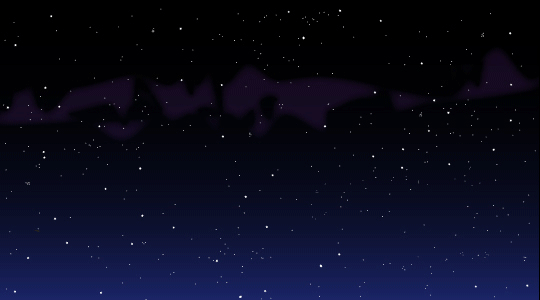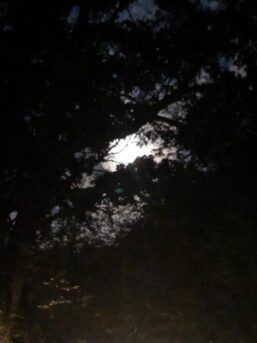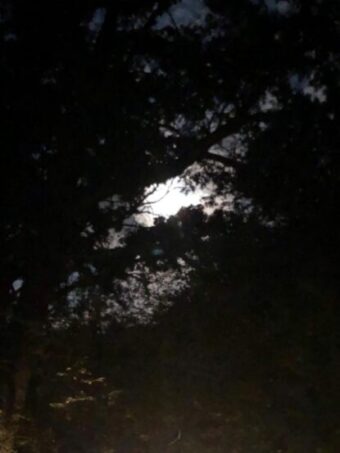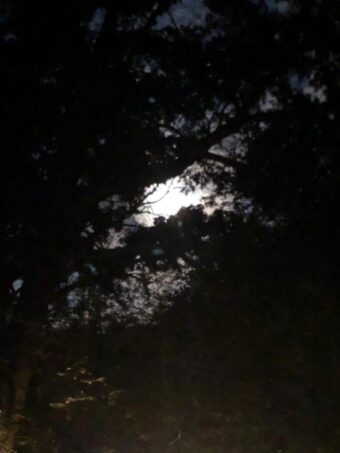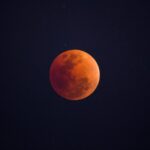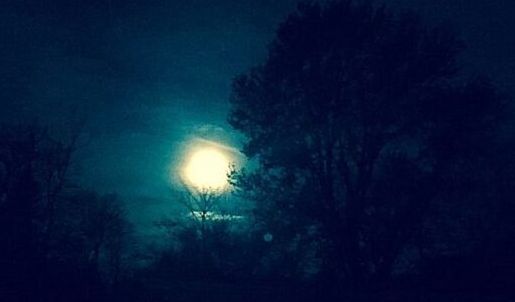
Berries are fresh and plentiful in the grocery stores this June. But if you want one to substitute for the cheese associated with moons look for strawberries to accompany the “Strawberry Moon” the first weekend of June.
Look at the eastern horizon when the moon starts to come up. It will look bigger than normal even though it hasn’t changed size because it will appear close to Earth.
And no, it is more likely to look golden due to the Earth’s atmosphere, than strawberry pink.
Among the origins of June’s full moon names are those given it by Native Americans such as the Algonquian, Ojibwe, Dakota, and Lakota tribes, according to the Old Farmer’s Almanac. Other names, such as the Honey and Mead Moon, supposedly come from Europe. Does that translate to honeymoon because June is known as a wedding month? Maybe.
Space gives the time of moon’s full illumination for June 3 and the full moon dates for other 2023 months. But if you look up the nights of June 2 and June 4 you will see what looks like a full moon.
Another site that has good lunar information is Time and Date. It says the moon is now (June 1, 2023) waxing gibbous (as opposed to waning) at 92.5 %, so you know if the weather is clear tonight you will already have a bright night lite even if not completely full.
How to watch the Strawberry June Moon: Nible on strawberries spread across a slice of pound cake and topped with whipped cream.

